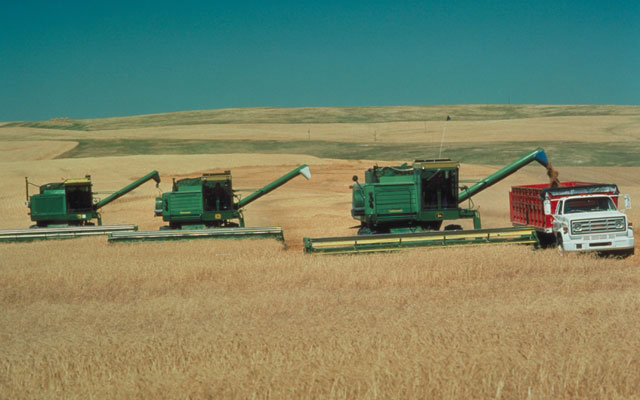Crop insurance is probably not the first thing you want to talk about at a cocktail party. It isn’t sexy. However, it starts looking a lot prettier when common-sense reforms to crop insurance could save taxpayers billions of dollars.
The Senate is currently debating its bloated farm bill. The Congressional Budget Office (CBO) projects that it would cost $955 billion over the next 10 years. This will inevitably be a conservative estimate. When trillion-dollar bills are being discussed in Congress, we all need to pay attention.
The direct payments program gets all the negative publicity—and rightfully so. After all, taxpayers are paying farmers to grow nothing. Yet, the costliest farm program is crop insurance.
Basics of Crop Insurance Costs
From 2000 to 2006, the average annual cost of the crop insurance program was $3.1 billion per year. For 2013–2022, that number is expected to grow to $8.9 billion. That’s almost triple the cost.
In 2000, taxpayers paid 37 percent of the premium subsidies for farmers. In 2011, that number was 62 percent. This doesn’t even include the administrative fees that taxpayers pay to insurance companies that participate in the crop insurance program.
Does the Senate Farm Bill Rein in Costs?
Not even close. In fact, the CBO projects that the Senate bill would increase crop insurance costs by about $5 billion from 2014 to 2023.
What Can Be Done?
Here are two simple, common-sense reforms that would save taxpayers a lot of money:
- Place a cap on premium subsidies. Unlike other farm commodity programs, the crop insurance program does not place a limit on how much farmers can receive in subsidies. Even the egregious direct payment program, which the Senate bill would eliminate, has a cap of $40,000 per farmer. The Government Accountability Office (GAO) found that a $40,000 cap on premium subsidies would have saved taxpayers $1 billion in 2011. Further, for anyone concerned about any harm to the small farmer, there’s little need to worry. If a farmer receives more than $40,000 in premium subsidies, he isn’t a small farmer. Further, only 3.9 percent of participating farmers would have had their subsidies reduced by such a cap. These farms wouldn’t have lost all premiums—they just wouldn’t have received as much in premium subsidies courtesy of the American taxpayers. This cap would essentially mean that instead of a Rolls-Royce, these large farmers would have to settle for a Cadillac (fully loaded, with sunroof).
- Reduce the percentage of the subsidy that taxpayers have to pay. Right now, taxpayers have to pay 62 percent of the premium subsidy. The GAO found that, by simply reducing that number to 52 percent, taxpayers would have saved $1.2 billion in 2011. However, such a proposal would still require taxpayers to pay most of the premium costs for farmers, but such a modest change would still have saved taxpayers more than $1 billion in 2011.
Taxpayers Need to Be Considered
When it comes to the farm bill, taxpayers are often ignored. Crop insurance reform would keep taxpayers in mind: Even President Obama is pushing for a reduction in the percentage of the subsidy that taxpayers have to pay. The Senate should take major steps to reform the farm bill. At the very least, it should take these common-sense steps that would save billions of dollars.


























